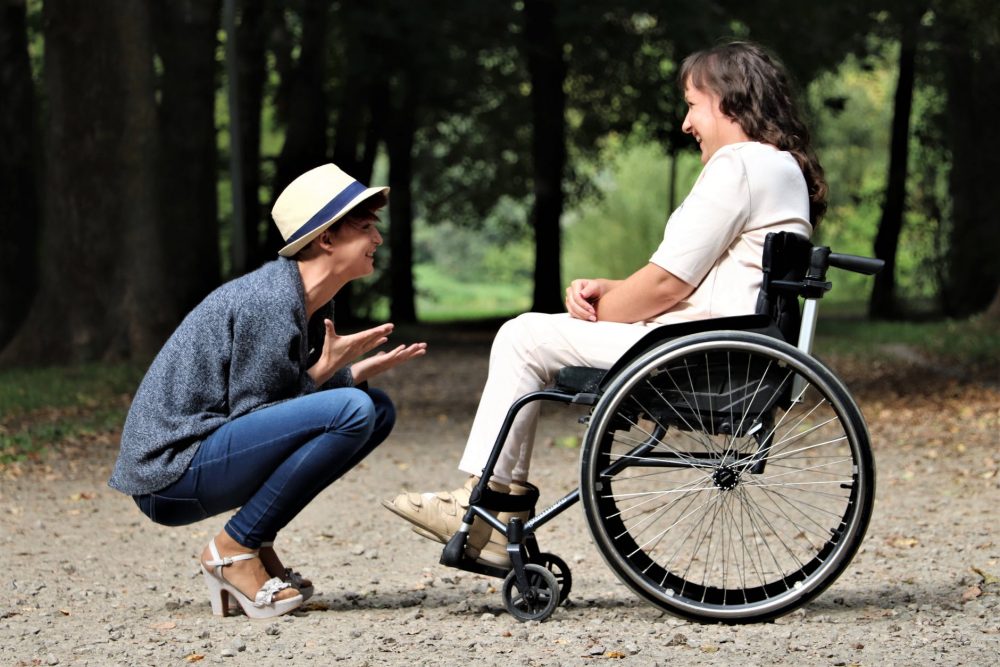Undergoing an amputation can be a fraught experience. It is frequently emotionally devastating, especially when the amputation is unexpected. Though the operation itself is the result of extreme need, it’s surprisingly not uncommon in the United States. Nearly two million individuals live with limb loss, and every year there are roughly 185,000 additional amputation operations performed. Whether the need for amputation is caused by a traumatic injury or by vascular disease, the best way to cope with limb loss is to be emotionally and mentally prepared for what the first six months post-operation will hold. What follows is a guide as to what you can expect during each step of your recovery process.
Recovery in the hospital
The very first issue that your medical team will need to help you address is the pain associated with your amputation. This pain may come in the form of phantom limb pain which can begin as early as the first week after amputation, though its onset may not occur for several months. This kind of pain is characterized as shooting, stabbing, cramping, throbbing, or a pins-and-needles sensation. You may also experience musculoskeletal pain or pain at the surgery site itself. Your doctor will help you identify the root causes of your pain, and from there, they may be able to recommend a course of pain management medication and homeopathic remedies. This may include a topical or oral application of a CBD oil, such as CV sciences cbd oil, which has been shown to effectively treat pain associated with injury and muscular distress. Whichever option you choose, be sure to check out reviews from experts within the field, to ensure you choose the best option for your needs.
Your medical team will also assist in helping you take care of the operation site, or wound, as it heals. They’ll help stretch and strengthen your muscles around the site and assist you in moving around your room. You’ll also receive training in how to use walking aids and manage daily skills such as showering, cooking, or opening doors.
Preparing for a prosthesis
After leaving the hospital, you won’t be given a prosthesis immediately. As with any other surgical wound, you’ll need to give your amputation site the chance to heal. This may take anywhere from three to four weeks. You’ll need to continue any physical therapy exercises you’ve been assigned and should aim to keep your residual limb as straight as possible during this healing process. Make sure to attend any necessary follow-up appointments.
Getting fitted and learning how to use a prosthesis
Before you’re given a prosthesis, your certified prosthetist will fit you with a shrinker that will help to reduce swelling. This compresses any excess fluid in your residual limb and prepares you for the prosthesis. Your prosthetist then measures your residual limb, either with a cast or with a 3D rendering technology. Once the prosthetic limb is created to your unique specifications, your certified prosthetist will help you fit it onto your residual limb. You’ll likely need to wear a cushion liner, such as one coated with Silipos gel, in order to maximize the comfort of your prosthetic limb.
After you’ve been fit with the right prosthesis, you’ll undergo physical therapy. These therapy sessions will focus on helping you regain a natural gait if you’ve had a lower limb removed, and will teach you how to maintain your amputation site so that the skin is not damaged. Your prosthesis can be altered or moved in order to ensure that your remaining limb is not damaged in anyway and that you’re getting the maximum range of motion. While you’re going through this therapy, you may notice that your residual limb continues to shrink. This is not a problem, but you should make sure that your therapist and prosthetist is aware of the shrinkage in order to maintain the appropriately tight fit of your prosthesis.
When you’ve completed your medical visits and physical therapy, you’ll be ready to live a full and happy life with your amputated limb. You’ll know exactly how to use your prosthesis and will know how to make adjustments to your cushion liners and socks. You’ll also find that phantom limb pain will subside and you’ll be able to complete many, if not all, of the daily activities you conducted prior to your amputation. You’ll continue to see your prosthetist occasionally, but otherwise, life should return to the routine you are used to, though it may be slightly altered.

